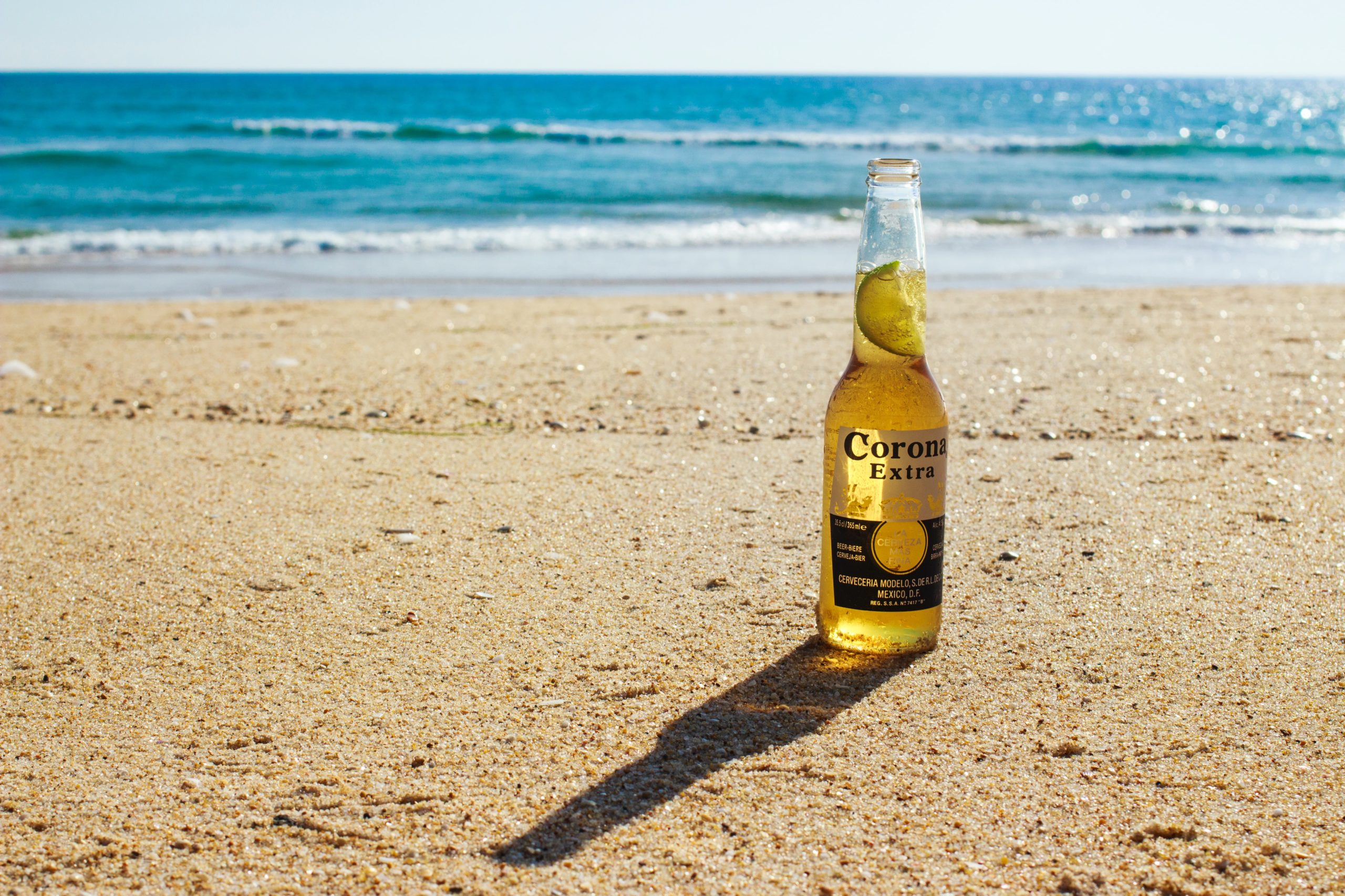Insights
The Hard Lessons COVID-19 Taught Us About Advertising and Communications.

2021 is just around the corner. While this new year will not solve all of our problems, hopefully we can strip “unprecedented times,” “new normal” and “we’ll get through this” from our vocabulary.
It is easy to critique this year’s marketing blunders—we can wonder “what was X brand thinking?” But it’s important to remember that appropriately responding to COVID-19 was a nearly impossible tightrope walk.
Notably, the “feel good” ads that have become all too common these last nine months aren’t what consumers actually want. When asked “what type of content do you prefer from brands surrounding the COVID-19 pandemic?”, 64% of consumers said they preferred content about news (e.g. current infection rates) and/or public service announcements (e.g. handwashing). Compare this with only 46% of consumers who said they preferred content about optimism (e.g. better times ahead and/or feel-good stories). Another survey found that customers didn’t want advertisers to keep beating the “new normal” into their heads. Instead, 44% of people wanted to know how brands were adjusting their services as a result of widespread restrictions.
When taking a look at how some brands tried to adjust their services, many came off as out of touch until they learned—and grew—from their missteps.
- Popeyes gave away its Netflix password in a campaign to encourage consumers to “fried chicken and chill” during a very intense time during the pandemic. As people lost their lives and jobs, Popeyes’ campaign didn’t appear to respond to the crisis. Especially when compared to other chains like KFC, which donated $400,000 to go directly to pre-packaged meals for school children. KFC also quickly and wisely pulled its “finger-lickin’ good” ads.
- Corona reminded us all why it’s a good idea to check all external messaging during COVID-19. Three weeks into the pandemic, Corona’s website was unchanged. It still displayed ads of beautiful people enjoying beers at the beach without a care in the world—an immediate disconnect between messaging and reality.
- Many brands including Nike continued to tout ads featuring slogans like “something’s in the air” and “you deserve a trip.” In these instances, at best, the message didn’t resonate with anyone, and at worst, it came across as insensitive and offensive.